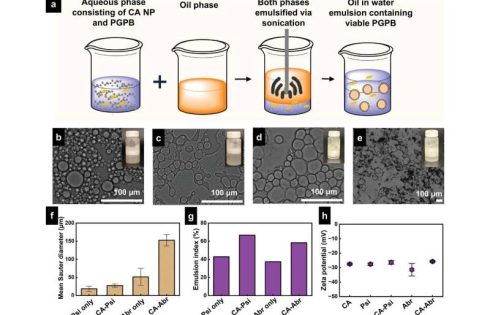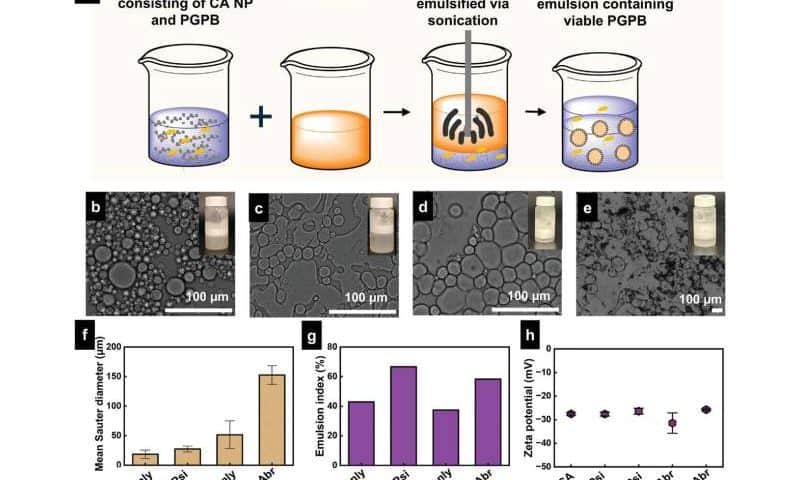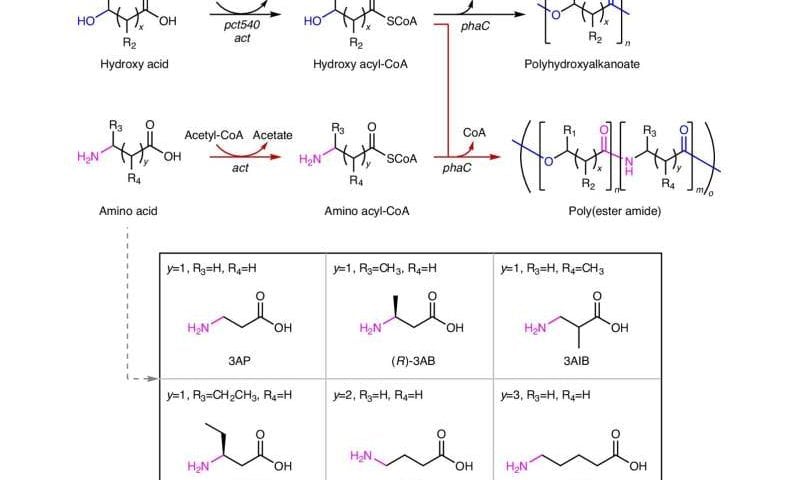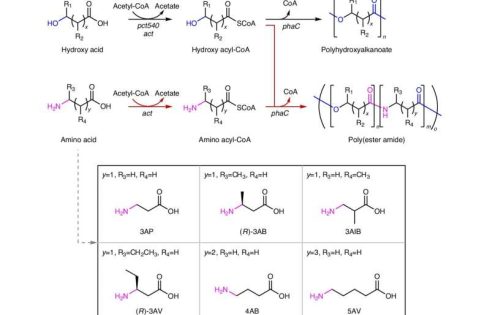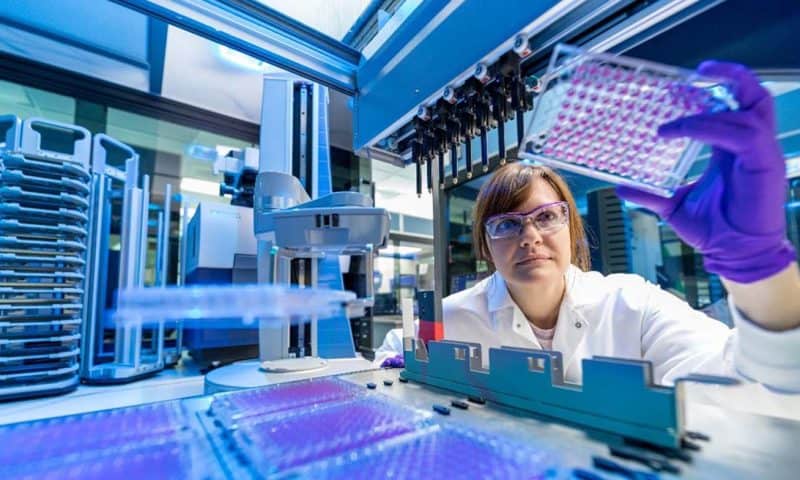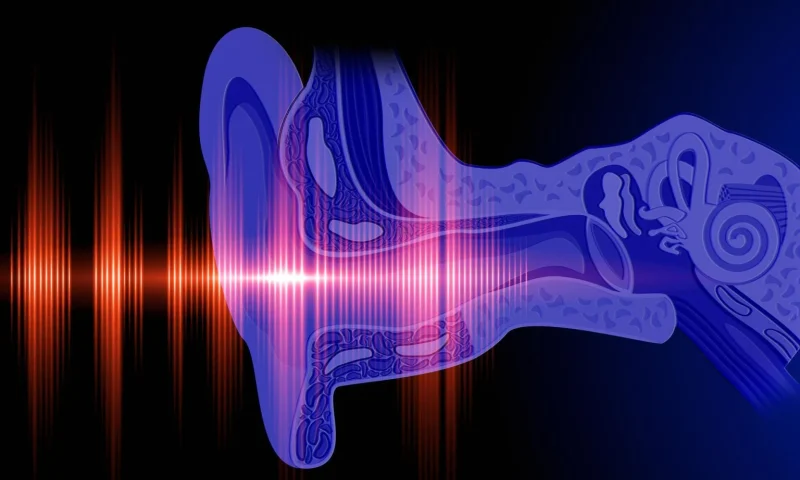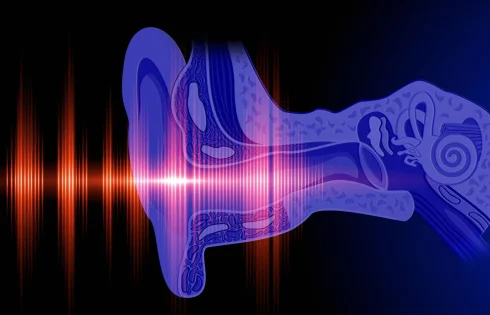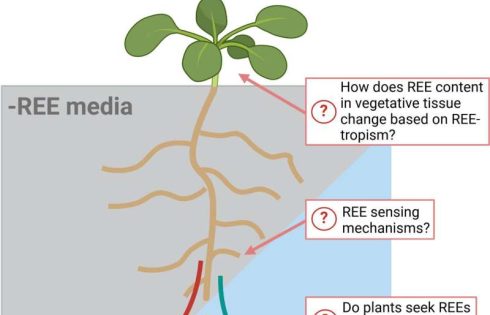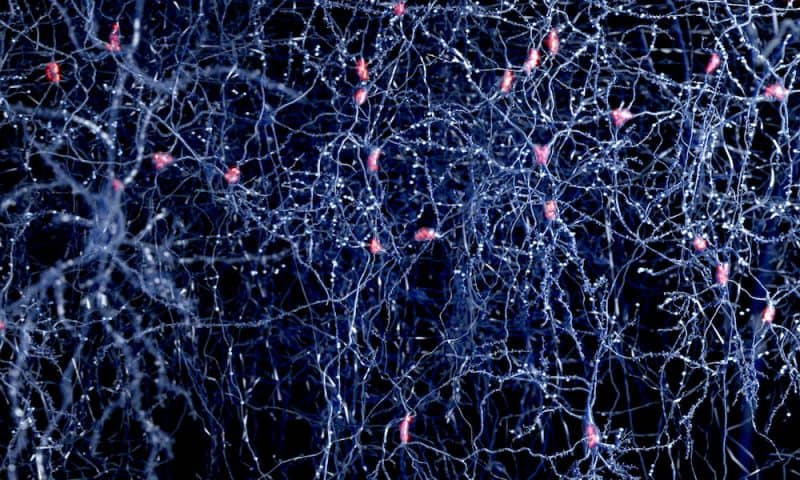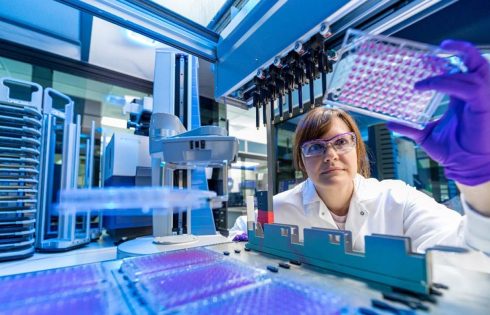
2seventy bio investors were understandably happy this past week when Bristol Myers Squibb (BMS) agreed to acquire its partner in developing the blockbuster multiple myeloma drug Abecma® (idecabtagene vicleucel), 2seventy bio, for approximately $286 million.
The pending deal sent 2seventy shares soaring 77%. However, BMS shares slipped 6.5% this week on news of the acquisition, sliding from $63.11 the day before the announcement to $59.01 at Friday’s closing bell.
Why have BMS investors been anything but positive about acquiring 2seventy?
The answer stems from uncertainty over how competitive Abecma will continue to be in the multiple myeloma space given an existing blockbuster rival and the prospect of a new competitor drug coming next year. Both of them, like Abecma, fight multiple myeloma by targeting B cell maturation antigen (BCMA).
According to BMS, Abecma generated a total of $406 million in worldwide product revenue, most of which consisted of $242 million in U.S. revenue. Worldwide revenue for Abecma fell 14% from 2023 overall, which despite a 44% jump in ex-U.S. revenues could not make up for declining U.S. revenue. However, U.S. revenue remained within 2seventy’s guidance to investors of between $240 million and $250 million.
U.S. commercial revenue is split between 2seventy and BMS, which said U.S. revenue fell 32% from 2023. Even more sobering for Abecma, BMS took a $122 million impairment charge for the drug during the fourth quarter of 2024, according to the company’s Form 10-K annual report for 2024, which said the move was “primarily resulting from a reduced cash flow forecast due to the evolving competitive landscape.”
“The impairment charge represented a full write-down of the asset,” BMS added.
The competitive landscape is now dominated by Carvykti® (ciltacabtagene autoleucel), the BCMA-directed genetically modified autologous T cell immunotherapy co-marketed by Janssen Biotech (Johnson & Johnson) and Legend Biotech. Carvykti finished 2024 with more than twice the annual sales of Abecma—$963 million in worldwide sales, up nearly double (93%) from $500 million in 2023.
Broader label
A key reason why Carvykti enjoys greater sales is its broader prescribing label compared with Abecma. While both drugs were approved for earlier than fourth line treatment of multiple myeloma last year, Abecma can only be prescribed for relapsed or refractory multiple myeloma in patients previously treated with two or more prior lines of therapy including an immunomodulatory agent, a proteasome inhibitor, and an anti-CD38 monoclonal antibody.
Carvykti, however, is indicated for adults with relapsed or refractory multiple myeloma who have received at least one prior line of therapy, including a proteasome inhibitor and an immunomodulatory agent, and are refractory to lenalidomide.
“By the end of this year, we fully expect that two-thirds or maybe three-quarters of our revenue will come in from second to fourth line,” Legend Bio CEO Ying Huang, PhD, told analysts on the company’s quarterly earnings call Tuesday. “Therefore, we think we’re very well positioned to enter into 2026 because by then, the large overwhelming majority of our revenue mix will come in from the second to fourth line.
Jefferies equity analyst Kelly Shi, PhD, predicts sales of Carvykti will nearly double again this year. “We see sales growth momentum to continue in 2025, reaching $1.9B (+92% [year over year]), driven primarily by strong 2-4 L demand and manuf[acturing] expansion,” Shi wrote in a research note.
At peak year, J&J expects Carvykti peak sales to exceed $5 billion, CFO Joseph Wolk said last year, though Morgan Stanley has projected approximately $8 billion for the drug, vs. about $5 billion for Abecma.
But as a few other analysts noted in research notes this past week, the competitive landscape in multiple myeloma may change significantly next year, when Kite, a Gilead company, and Arcellx are expected to launch their own BCMA-targeting multiple myeloma treatment.
That treatment is anitocabtagene autoleucel (“anito-cel”), a BCMA-targeting chimeric antigen receptor T cell (CAR T) therapy that uses Arcellx’s novel binder (or CAR) known as the D-Domain. Kite and Arcellx reason that anito-cel is effective because its small size (8 kilodaltons) facilitates high T-cell transduction and expression, resulting in more CAR positive cells and more CARs expressed per T cell.
Positive preliminary data
At the American Society of Hematology 2024 Annual Meeting (ASH 2024), held December 7-10, 2024, in San Diego, Arcellx presented positive preliminary data from 58 patients in the registrational Phase II pivotal iMMagine-1 trial (NCT05396885), showing a 95% overall response rate (ORR) and a 62% complete response/stringent complete response rate (CR/sCR) at a median follow-up of 10.3 months.
Even more impressive: Of the 39 patients evaluable for minimal residual disease (MRD) testing, 36 (92%) achieved MRD negativity at least to the level of 10-5. Patients also showed a Kaplan–Meier-estimated six-month progression-free survival (PFS) rate of 90% with individual patients ranging from 77% to 96%. The patients’ overall survival (OS) rate was 95%, with individual patients ranging from 85% to 98%.
An earlier Phase I study in 38 patients with relapsed and/or refractory multiple myeloma (RRMM) who had ≥3 prior lines of therapy demonstrated ORR of 100%, a CR/sCR rate of 76%, and an estimated 24-month PFS rate of 56%. Both the Phase I and Phase II trials showed no reports of patients with delayed neurotoxicity, cranial nerve palsies, Guillain Barre syndrome, or Parkinsonian-like symptoms, the researchers added.
“Thus far, anito-cel has an efficacy profile in line with market leader Carvykti, and movement neurotoxicity (MNT) safety profile in line with Abecma—threatening Abecma’s niche as the option for patients who want to avoid the risk of MNTs like Parkinsonism,” Leerink Partners analyst Daina M. Graybosch, PhD, cautioned in a research note.
“Any acquirer still has to consider market uncertainty with Kite/Arcellx’s expected 2026 launch of a third BCMA CAR-T, anito-cel,” added Graybosch. She downgraded the firm’s rating on 2seventy from “Outperform” to “Market Perform” and lowered its 12-month price target from $9 to $5 a share.
William Blair analyst Matt Phipps, PhD, wrote in a research note that the competitive landscape wasn’t enough to short-circuit BMS’ acquisition of 2seventy, but was reason for concern.
“Headwinds for Abecma”
“We see little risk to the [BMS-2seventy] deal, but also acknowledge the headwinds for Abecma given the competitive landscape in multiple myeloma, and therefore do not believe this materially changes the outlook for the company,” Phipps wrote, referring to BMS. He reiterated the firm’s “Market Perform” rating on BMS shares.
Sami Corwin, PhD, Phipps’ colleague at William Blair who is also a biotech analyst, noted separately that Kite and Arcellx are expected to release updated results from iMMagine-1 “which we believe will be a significant catalyst for the stock and could further de-risk a future regulatory submission.
Corwin said the interim data presented for anito-cel seen in iMMagine-1 last fall were comparable to Janssen’s Phase Ib/II CARTITUDE-1 trial (NCT03548207) assessing Carvykti, completed in 2022—but with “clear safety benefits” that included lower cytokine release syndrome (CRS) and immune effector cell-associated neurotoxicity syndrome (ICANS) rates, and death rates attributable to treatment.
Other positives for Arcellx, she wrote, was its partnership with Kite given its abilities as a strategic partner and the economics of the collaboration.
The companies announced their collaboration in December 2022, with Kite at the time agreeing to pay Arcellx $225 million in upfront cash, a $100 million equity investment, and other unspecified payments tied to milestones.
In November 2023, the companies expanded their collaboration to include lymphomas, with Kite agreeing in return to pay Arcellx an additional upfront non-dilutive cash payment of $85 million and another equity investment of $200 million, plus additional milestone payments that include advancement of a lymphoma program and a possible future license by Kite to Arcellx’s ACLX-001 multiple myeloma program based on Arcellx’s ARC-SparX platform.
The companies could generate even more money with an expanded label for anito-cel.
“Although the near-term focus for anito-cel will center around the potential launch in the late-line setting, we think expansion into the early-line setting could shortly follow if the companies leverage MRD-negativity as a surrogate endpoint in the iMMagine-3 study for accelerated approval,” Corwin added.
Leaders and laggards
- Applied DNA Sciences (NASDAQ: APDN) shares plummeted 57% from $7.50 to an even $3 on Wednesday after the company announced a 1-for-50 reverse stock split of its issued and outstanding common stock that took effect at 12:01 a.m. ET Friday. Applied said the reverse stock split was intended to bring it into compliance with the $1.00 per share minimum bid price requirement for continued listing on the Nasdaq Capital Market. Applied DNA will continue to trade on Nasdaq under the symbol “APDN” with a new CUSIP number of 03815U 508.
- MeiraGTx Holdings (NASDAQ: MGTX) shares jumped 29% from $6.41 to $8.25 on Thursday after the company said it formed a joint venture with Hologen AI to fully finance the development of AAV-GAD for the treatment of Parkinson’s disease through to commercialization, plus fund earlier stage clinical programs in the CNS, including AAV-BDNF for genetic obesity. The programs will be funded with $200 million in upfront cash Hologen agreed to pay MeiraGTx, plus up to $230 million in committed capital. MeiraGTx agreed to enter into clinical and commercial supply agreements with the joint venture, Hologen Neuro AI, to manufacture AAV-GAD and other locally delivered CNS genetic medicines. Hologen will also fund a portion of MeiraGTx’s manufacturing operations and will own a minority stake in MeiraGTx’s manufacturing subsidiary
- Mineralys Therapeutics (NASDAQ: MLYS) shares surged 42% from $10.52 to $14.96 on March 10, after the company announced positive topline data from its pivotal Phase III Launch-HTN (NCT06153693) and pivotal Phase II Advance-HTN (NCT05769608) trials assessing the efficacy and safety of lorundrostat for the treatment of uncontrolled hypertension (uHTN) or resistant hypertension (rHTN). Mineralys said both trials successfully achieved statistical significance and were clinically meaningful in their pre-specified primary efficacy endpoints and demonstrated a favorable safety and tolerability profile. Launch-HTN met its primary endpoint with lorundrostat 50 mg dose achieving a 16.9 mmHg reduction in systolic blood pressure, and a 9.1 mmHg placebo-adjusted reduction assessed by automated office blood pressure at week 6. Advance-HTN met its primary endpoint with lorundrostat 50 mg dose achieving a highly statistically significant 7.9 mmHg placebo-adjusted reduction assessed by 24hr ABPM at end of treatment, week 12.
- Sutro Biopharma (NASDAQ: STRO) shares tumbled 35% from $1.25 to 81 cents Thursday after the company said it will slash its workforce nearly 50% (about 150 people, based on a headcount of 310 full-timers as of December 31, 2024) and deprioritize development of its folate receptor alpha (FolRα) targeting antibody-drug conjugate (ADC) candidate luveltamab tazevibulin across all indications following a strategic review. Instead, Sutro will pursue a partner for luveltamab, exit its internal manufacturing facility in San Carlos, CA, and prioritize its three wholly-owned preclinical programs in its next-generation ADC pipeline, beginning with its exatecan ADC targeting tissue factor STRO-004, expected to enter the clinic in the second half of 2025. Sutro also said its board and Bill Newell “mutually agreed” on a transition that saw him succeeded as CEO by Jane Chung, previously president and COO, effective immediately. Sutro said its actions are expected to extend its cash runway into at least the fourth quarter of 2026.
